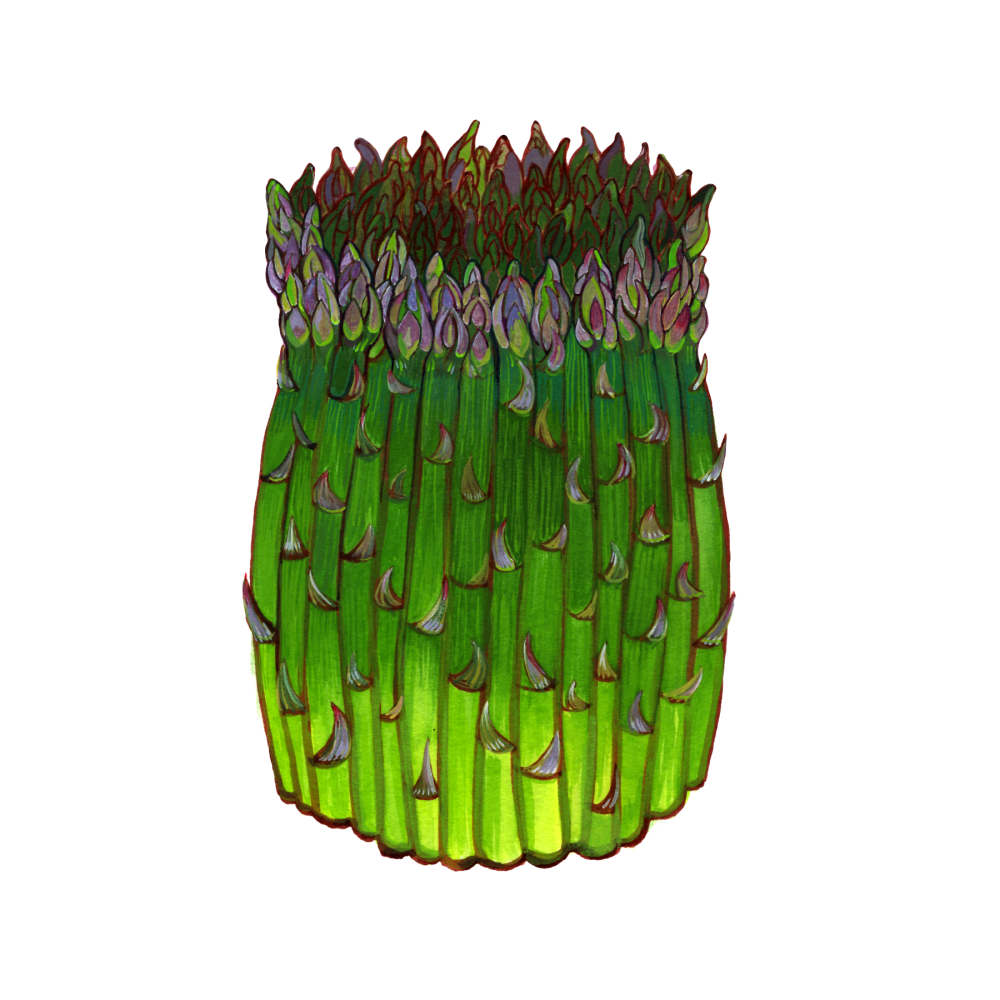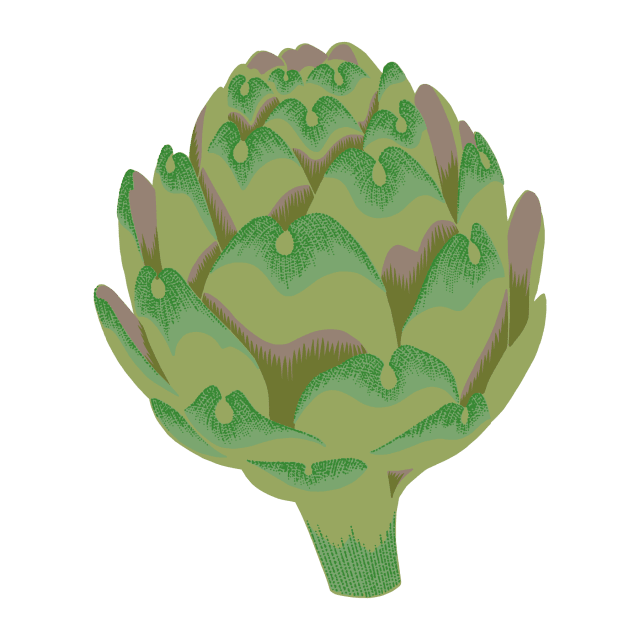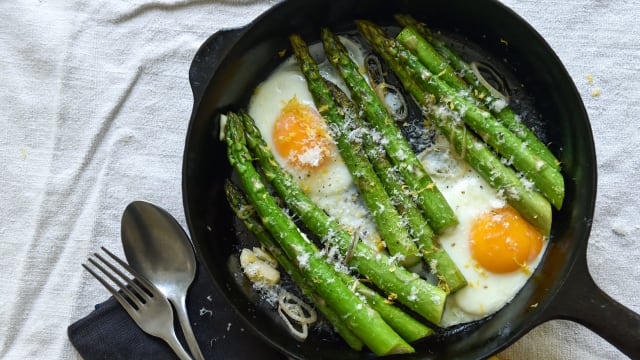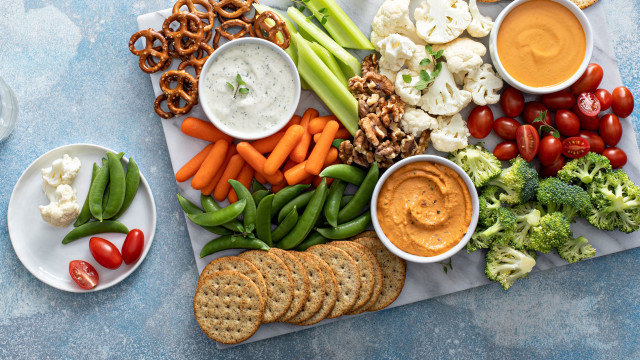Asparagus

Latin name: Asparagus officinalis
Uses: vegetable
What is asparagus?
Asparagus is the young shoot of a perennial plant related to alliums (onions and lilies), and one of spring’s most celebrated culinary symbols. Once the shoots get too tall — about a foot or so — they sprout feathery branches and leaves and the stalks become too tough to eat. White asparagus is not a different species; it’s created by covering new growth with earth or mulch, thereby blanching the shoots by depriving them of sunlight. The flavor is milder, sweeter, and less green.
Why is asparagus healthy?
Asparagus has been used as a medicinal vegetable for over 2,500 years. It is packed with anti-inflammatory and antioxidant properties — including “the master antioxidant” glutathione — that can slow aging, benefit the skin, and help reduce risk of chronic diseases such as hypertension, type 2 diabetes, and certain types of cancer. Asparagus’s strong diuretic properties can relieve bloat and edema, and even help prevent kidney stones, and its high levels of fiber and prebiotics like inulin make it a great aid to digestion and gut health.
What does asparagus taste like?
Slightly bitter and vegetal, with a distinct flavor to match its slightly alien appearance, asparagus is famous for clashing with many wines. (Try a simple, zippy white.)
How do I use asparagus?
Asparagus is commonly boiled or steamed, but it takes beautifully to a quick broiling or grilling. Don’t overcook it, or it will get dull and mushy. You can also stir-fry it, pickle it, blend it into a creamy soup, or eat it raw (thinly shaved and dressed is best).
What does asparagus pair well with?
It likes a little acid, fat, and umami, so pick your combination of condiments and get to it: a vinaigrette, or hollandaise, or maybe a ginger-scallion sauce. Asparagus stands tallest with its equally elegant vernal peers like morels and wild garlic. Other classic pairings include eggs, cheese, and spring herbs.
Where does asparagus grow?
Asparagus is native to Europe and Western Asia, where it has been popular since ancient times — it appears in an Egyptian carving from 5,000 years ago. It’s now widely cultivated all over the world, and much of its pointed association with spring’s arrival has been blunted by global shipping, which makes it available all year round.
How to buy asparagus:
It's best in season, from nearby. Choose firm spears that aren't drooping. It'll keep for a few days in your fridge, but if you're not going to use it right away it'll be happier the way you find it at the store: standing in a little water.
Fun asparagus fact:
Asparagus contains asparagusic acid, which converts into sulfur compounds when digested, causing most people’s urine to smell peculiar for a few hours after eating it. If that sounds off-putting, let Marcel Proust reassure you. He wrote that asparagus "...transforms my chamber-pot into a flask of perfume."





